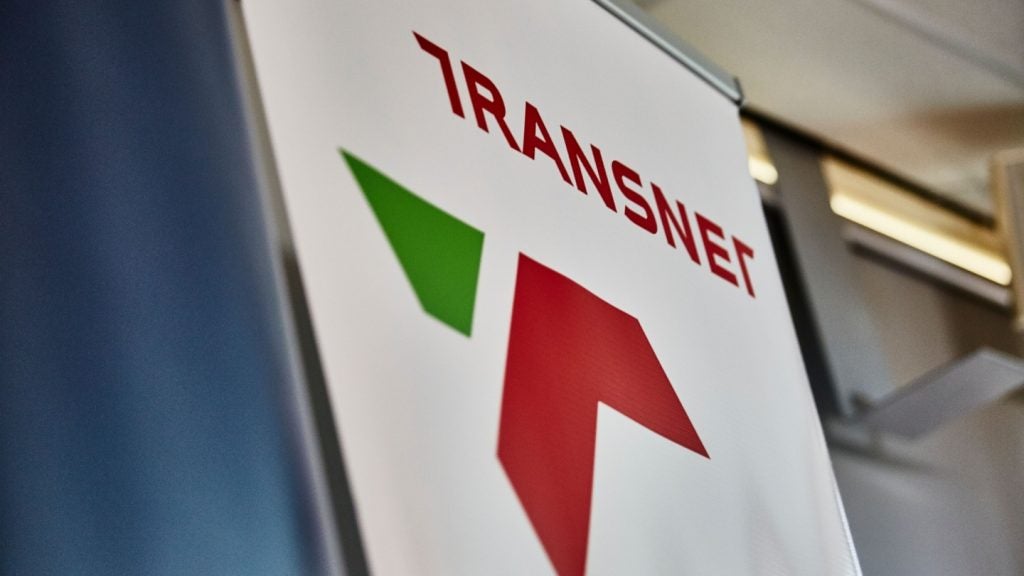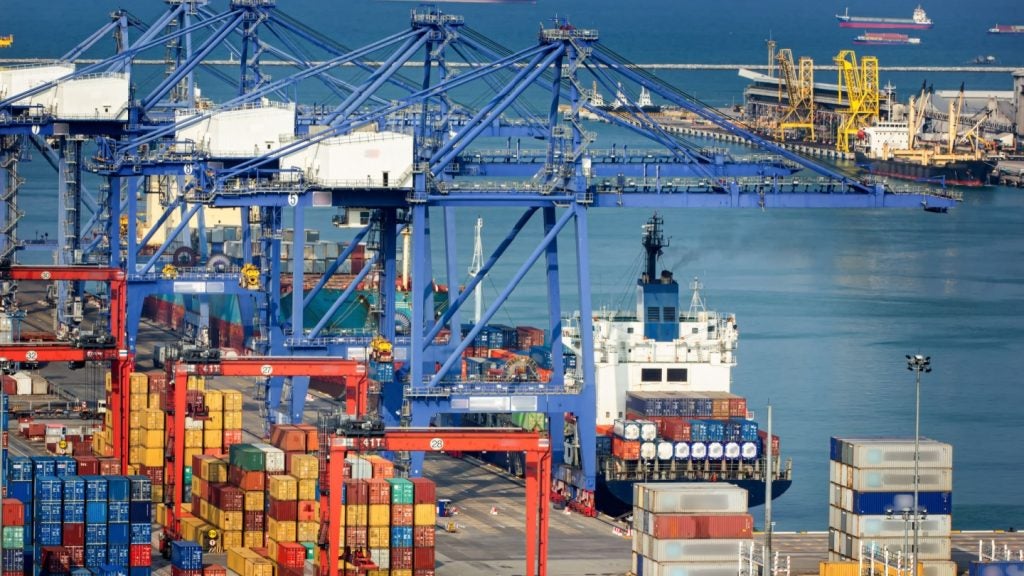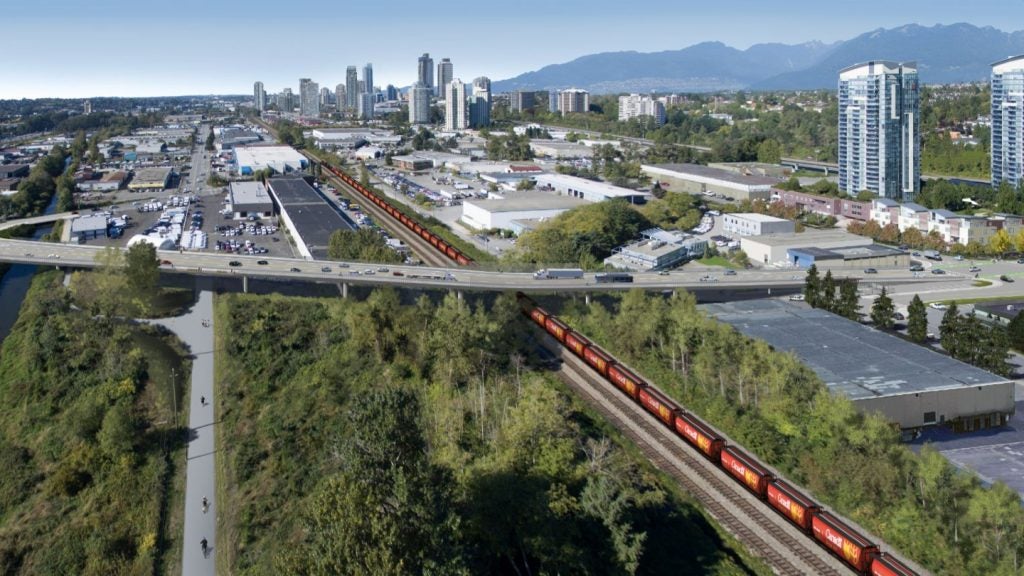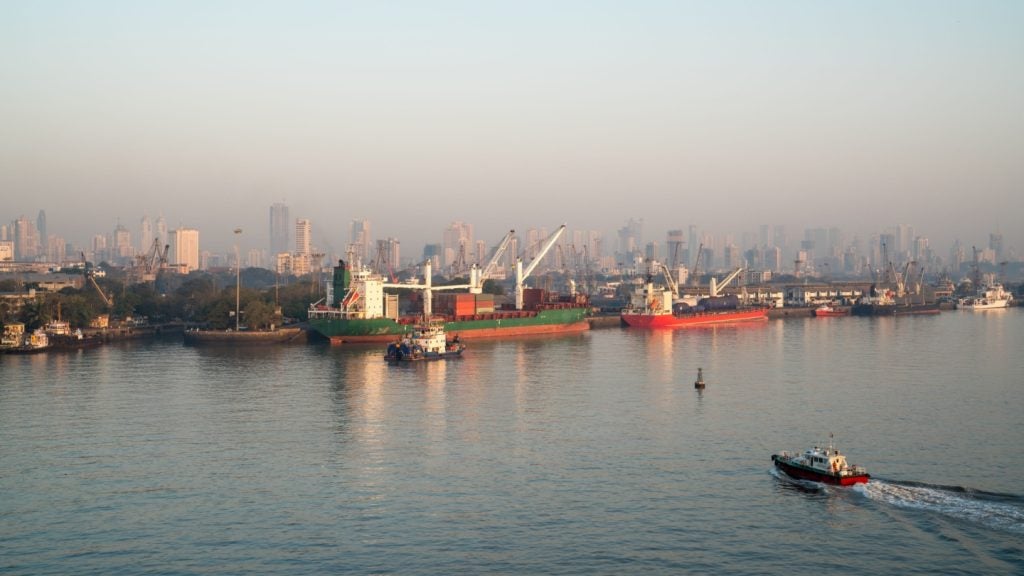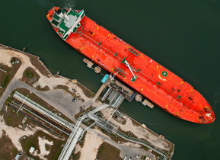
When a ship reaches the end of its working life, after approximately twenty-five years of service, and its operational market value has depreciated, an inherent value for its weight in scrap metal remains. The scrap price for vessels, like any other commodity, fluctuates with supply and demand, and in some situations can be equal to, or even greater than, the market value of the vessel.
The demand for scrap is driven by over 300 recycling (also known as scrap or demolition) yards which purchase vessels for demolition and recycling and which pay per ton of steel, measured in light displacement tons (LDT). These yards are based in various countries possessing certain traits that make the recycling process economically viable: inexpensive labour supply, a legal regime supporting the import of vessels for scrapping and growing infrastructures hungry for cheaper steel products. They must also possess the necessary coastal geography for vessels to be beached at high tide or have sufficient dry-dock infrastructure.
Supply and demand in the shipbreaking industry
The major demolition countries include India, whose yards are currently offering approximately $360-390/ton, Bangladesh ($355-385/ton), Pakistan at ($350-380/ton), Turkey ($240-250/ton) and China (USD $200-215/ton). These prices have dropped substantially over the past year due largely to the costs of ‘greening’ the demolition process and a proliferation of available vessels, especially in China.
The supply side of the market is driven by a combination of fuel prices, freight and charter rates and the aging profile of the vessel within each class, which determines the viability of continuing to operate the vessel or selling it for demolition.
Countries in the Persian Gulf are heavily investing in port infrastructure to accommodate growing container movements and increasingly larger ships.
The shipbreaking industry and the cargo shipping industry typically exhibit a negative correlation. Economic growth in the world marketplace results in increased trade and has a reverse effect on the international shipbreaking industry as shipowners seek to maintain aging vessels already at or past their operational life-expectancy and not sell them for demolition. This generally causes a decrease in available candidate vessels for recycling.
How well do you really know your competitors?
Access the most comprehensive Company Profiles on the market, powered by GlobalData. Save hours of research. Gain competitive edge.

Thank you!
Your download email will arrive shortly
Not ready to buy yet? Download a free sample
We are confident about the unique quality of our Company Profiles. However, we want you to make the most beneficial decision for your business, so we offer a free sample that you can download by submitting the below form
By GlobalDataHowever, recent increases in ship construction and the introduction of more advanced and fuel-efficient vessels to the market have resulted in overcapacity and resulted in older surplus vessels being pushed out of service and sold for demolition. This is particularly visible in the Chinese market.
The Chinese demolition market today
Despite a slight reduction in this year’s scrap pricing, the total scrap metal consumption in China is over 80 million tons per year, making China the largest scrap metal buyer in the world and in particular a major consumer of these scrap vessels to help satisfy the country’s industrial appetite for steel.
Beijing’s policy has been conducive to this, promoting circular economy and low-carbon policies to enhance environmental protection and limit industrial impacts, including a rebate programme specifically for ship demolition. It is anticipated that the scrap metal demand will continue for the next few years, which means that the Chinese ship demolition market will remain strong as long as sufficient candidate vessels can be sourced for scrapping.
To foster such continuity, a government-run rebate program creates a positive feedback loop by providing an additional $200 per ton to Chinese shipowners who choose to recycle their vessels in Chinese yards. This incentive makes it much more attractive for Chinese owners to scrap in their ‘greener’ domestic market rather than beach their vessels in Pakistan, India or Bangladesh. The scrap yards benefit, too, due to the sheer number of candidate vessels eligible for the rebate, as Chinese and Hong Kong flagged vessels together constitute the third most populous fleet in the world.
If considered in standalone rankings from UNCTAD, mainland China is only the ninth largest flag state with 3.54% of world shipping tonnage in its register. Although the registries are disparate, the extended Chinese region, if examined as a whole, would actually come in as the third largest collection of ships, just behind Panama (22.63%) and Liberia (11.4%), with a total of approximately 9.5% of world shipping tonnage by including Hong Kong to add an additional 5.84%, along with Macau with a further 1%.
With demolition sites around the country, notably two major demolition hubs located at Pearl River Delta and Yangtze River Delta, the breaking capacity of the Chinese industry exceeds 4 million tons per year. China is host to numerous facilities which support ship recycling performed in either drydock or specialised sail-in berths, and not beached, thus enhancing the quality of the demolition and minimising the negative environmental impacts.
The impact of the financial crisis on Chinese recyclers
Generally, a vessel’s operational working life is about 25 years. During that period, new ships enter the market, and old ships face early retirement. The supply of pre-built hulls determines the trajectory of the shipbreaking market. Shipping is a cyclical industry, intertwined with international trade markets, and has likewise followed a wavy trend of development over the past 140 years.
Due to the negative correlation between the shipbreaking industry and shipping industry, economic growth in the world marketplace resulting in increased trade had a reverse effect on the international shipbreaking industry from 2004 to early 2008 when shipowners sought to keep vessels already at or past their operational life expectancy in service for longer than average periods. This caused a decrease in candidate vessels available for demolition.
In turn, the high cost of maintaining shipbreaking infrastructure in China without growth in actual demolition projects resulted in collapse of many small local companies. However at the end of 2008, the shipping market tumbled in line with the international financial crisis. This resulted in many vessels being withdrawn from operational service and sent to demolition.
While the world felt the effects of the downturn, Chinese recyclers could celebrate. In the second half of 2008 alone, their yards exceeded the sum of recycled tonnage from the past three years combined. Since then, the market has been relatively stable, with a slight dip in purchase price since the start 2015.
Economic and tax factors influencing the market
Typically, shipbreaking activities are restricted by a country’s economic development. When economic conditions reach a certain level, estimated at a GDP per capita of $5,000, the shipbreaking industry begins to decline and burn out, being transferred to less developed countries where tax, import, and environmental controls are less stringent.
The Chinese GDP per capita was over $7,000 by 2012, meaning the shipbreaking field was already beyond its peak. However, China retains some mitigating variables which counter this pattern. Because shipbreaking is a labour-intensive industry, population and wage criteria also impact its longevity and sustainability. For China, a country with a population over 1.3 billion, a Gini coefficient over 0.5 and an average of individual annual income of around USD $800, the abundance of cheap labour provides insulation, keeping the shipbreaking industry afloat despite national economic upturns.
State tax plays a significant role in the development of the ship-recycling industry. Typically, the tax rate has a negative correlation with the shipbreaking volume of the market.
In 1994, China adopted a tax reform and unified the exchange rate, which is standardised at a 3% tariff and 17% VAT for imported vessels. This tax increase led to a depression of the market. From 1998, the market regained vitality, after the government adopted a VAT refund for the imported vessels.
The Chinese rebate programme mentioned above, however, negates many of the domestic tax concerns that Chinese owners may have. Recycling domestically, in China, is clearly in their interest, as the per ton buy-out fee is nearly doubled from the market rate due to the additional $200 per ton rebate yielding a per ton total of over $400. From the perspective of Chinese owners, selecting domestic yards is not only patriotic and green, but undoubtedly the most financially rewarding option as well.
The impact of regulation on costs and market dynamics
The Hong Kong International Convention for the Safe and Environmentally Sound Recycling of Ships, which is the most all-encompassing industry specific legal framework, is meant to promote sound recycling in practices across the ship recycling industry to encourage environmental protection, safety and workers’ health. Shipbreaking companies must invest substantially in infrastructure and waste treatment and disposal to meet the requirements of the convention. A significant portion of expenses associated with the ship demolition process, therefore, is diverted to ensuring compliance with the Hong Kong Convention.
Advanced technology turbochargers have been fitted on the world’s two largest containerships.
Generally, the high price of vessels, plus VAT and import duties, is prohibitive on new shipbreaking companies entering to the market. However, there is still a large gap between most shipbreaking companies’ demolition activities and the convention’s requirements. This is especially true in India and Bangladesh, where most vessels are still breaking on the beach, causing severe pollution and safety issues. The adoption of the Hong Kong Convention ushers higher safety and environmental protection costs into the industry, which will eliminate unqualified enterprises from the global market, or at least attract shipowners of candidate scrap vessels to the compliance-friendly green Chinese market.
Moreover, the Chinese government issued a series of national regulations to enhance worker safety and environmental protection in the ship recycling industry. This combination of international law and national policy will open additional opportunities for the Chinese yards to attract customers based on its compliance capability and environmentally sound practices.
A positive future outlook
Even with such regulatory tightening and the drop in per-ton purchase price for steel, the Chinese market remains balanced. Q1 and Q2 figures for 2015 show an increase in year-on-year demolition by tonnage worldwide. This trend is likely to continue for the rest of the next two quarters and beyond, especially in China.
Today, vessels are waiting for dismantling as demolition facilities are at surplus, thanks in part to the government rebate program. The recycling process fuels China’s growing industrial production and land-based construction industries which maintain a constant appetite for raw metal materials. As a result, it is likely that Chinese yards will raise their per-ton steel purchase price to be more competitive in the international market as well, at least with Turkey, even if not quite on-par with market rates in India, Pakistan and Bangladesh.
This change, combined with renewed focus on environmental corporate social responsibility in the global shipping industry, may contribute to foreign shipowners and specialty brokers selecting Chinese demolition facilities for vessel scrapping in the coming months.



